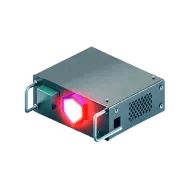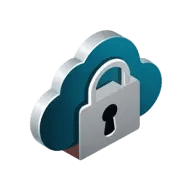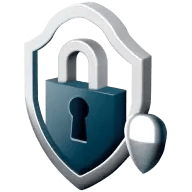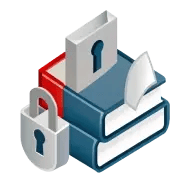Smart Key Attributes (SKA)
Challenge
Despite continuous rollover and renewal of access credentials by both the application and the Hardware Security Module (HSM), one vulnerable point persists. Corrupted or hacked client applications with access to the HSM can exploit keys, even if the connection is temporarily severed. Unlike traditional finance systems that mitigate risks with known counterparties and reversible transactions, blockchain's irreversible transactions and anonymous counterparties demand heightened key protection aligned with stringent business and compliance requirements.
Solution
The Securosys Smart Key Attributes feature enables fine-grained authorization of private key usage. This empowers business applications to establish rules governing HSM operations on a per-key basis. Organizations can tailor authorization protocols to align with specific business processes by assigning keys with corresponding rules.
Importantly, these rules are enforced within an HSM's secure environment, benefiting from the same robust physical segregation and tamper protection as the private key storage itself, and are consequently certified under Common Criteria EAL4+ standards.
Key Benefits



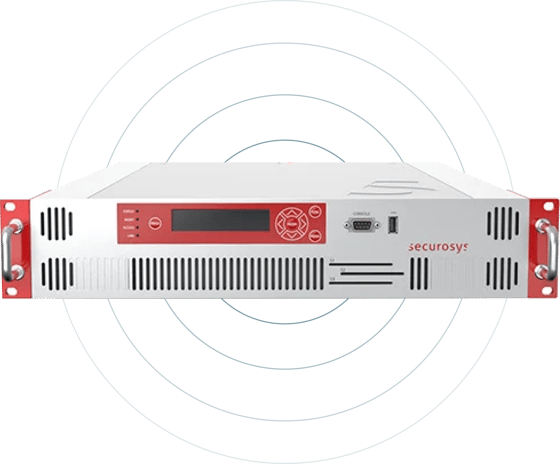
Highly Customizable Authorization Rules
SKA provides unmatched flexibility in defining authorization rules for business processes. These attributes benefit from the same robust protection as the keys themselves, ensuring comprehensive security.
Swiss-made
Designed, developed, and manufactured in Switzerland, SKA adheres to stringent quality standards, ensuring reliability and trustworthiness.
Use Cases
 Digital Identity Protection
Many organizations store private keys insecurely, risking unauthorized access. Using HSMs with SKA ensures robust key management in a tamper-resistant environment, protecting digital identities from cyber threats and enhancing compliance with regulations.
Digital Identity Protection
Many organizations store private keys insecurely, risking unauthorized access. Using HSMs with SKA ensures robust key management in a tamper-resistant environment, protecting digital identities from cyber threats and enhancing compliance with regulations.
 Signature Services According to eIDAS
SKA enables end users to control their signing keys, allowing QTSPs to offer secure Remote Signing Services that comply with eIDAS regulations, ensuring legally recognized and secure electronic signatures for remote transactions.
Signature Services According to eIDAS
SKA enables end users to control their signing keys, allowing QTSPs to offer secure Remote Signing Services that comply with eIDAS regulations, ensuring legally recognized and secure electronic signatures for remote transactions.
 Banking & Fintech Transaction Security
Traditional banking systems face risks from compromised software and require stringent compliance measures for transactions. SKA enables the enforcement of compliance rules as key attributes, safeguarding transactions and enhancing confidence in digital asset investments.
Banking & Fintech Transaction Security
Traditional banking systems face risks from compromised software and require stringent compliance measures for transactions. SKA enables the enforcement of compliance rules as key attributes, safeguarding transactions and enhancing confidence in digital asset investments.
Related Products
 Primus HSM Overview
Gain Full sovereignty over your data with Securosys Primus HSM, ensuring the utmost security standards
Primus HSM Overview
Gain Full sovereignty over your data with Securosys Primus HSM, ensuring the utmost security standards
 Primus Blockchain HSM
Enhancing blockchain security and crypto asset protection
Primus Blockchain HSM
Enhancing blockchain security and crypto asset protection
 Transaction Security Broker
Unique and simplified key-usage workflows for financial and digital asset applications
Transaction Security Broker
Unique and simplified key-usage workflows for financial and digital asset applications
 CloudHSM
CloudHSM provides a seamless, secure, and cost-effective path to achieving full compliance with data security requirements and regulations
CloudHSM
CloudHSM provides a seamless, secure, and cost-effective path to achieving full compliance with data security requirements and regulations

